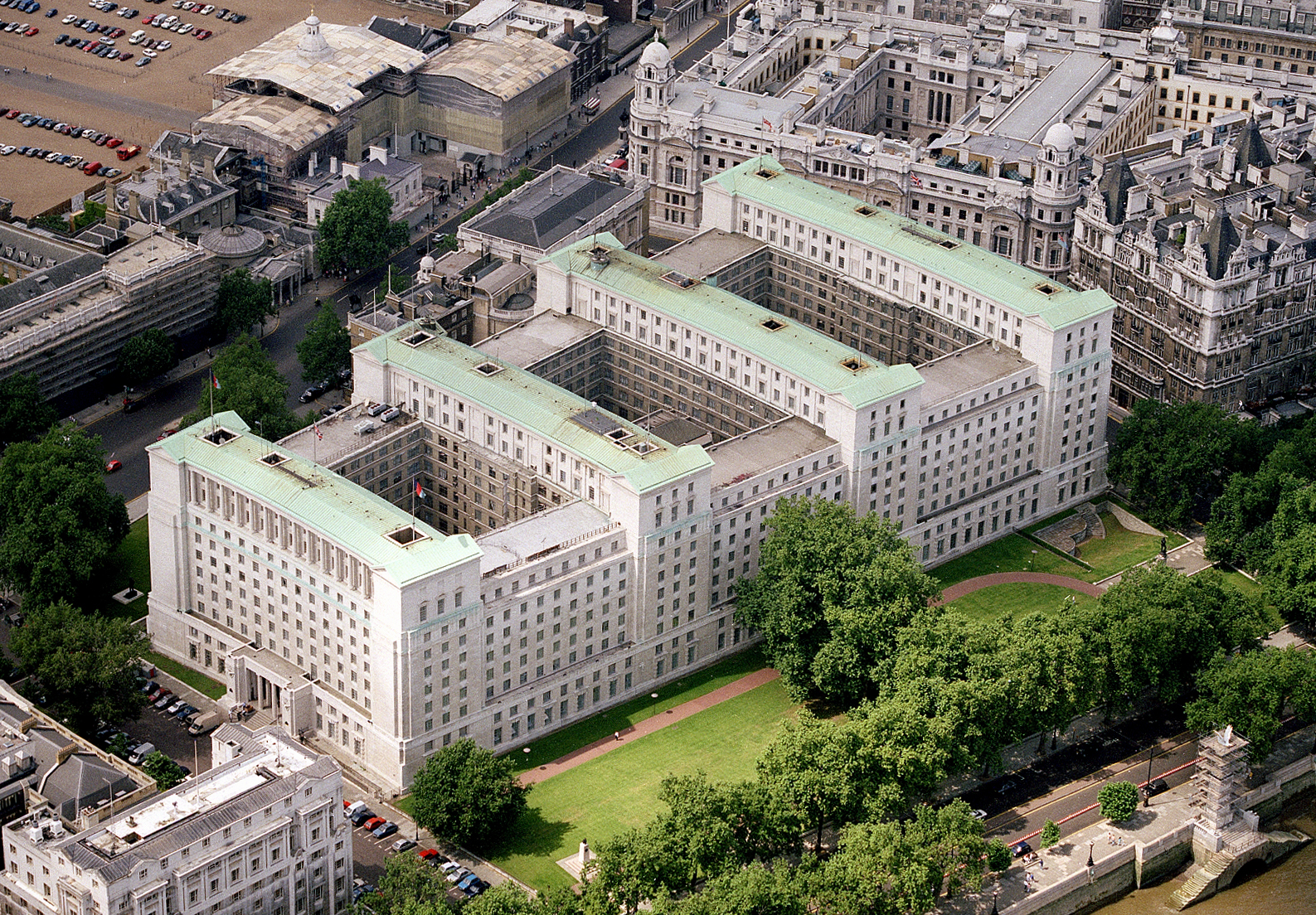Ministry identifies seven areas of emerging technology on which it will focus
Credit: Andrew Matthews/PA Wire/PA Images
The Ministry of Defence has identified a range of emerging technologies it intends to explore as part of a “transformed approach to using and procuring technology”.
The MoD has this week published the Defence Technology Framework, a 56-page document which lays out a vision for the role the science and tech sectors could play in the work of the ministry and the Armed Forces. The framework identified seven “technology families” it sees as being of most significance.
The first of these is “advanced materials”, which includes areas such as nanotechnology, 3D printing, and synthetic biology. The second area picked out by the MoD is artificial intelligence, machine learning, and data science, while the third is autonomous systems and robotics.
The fourth area is power, energy storage, conversion, and transmission. This covers technology capable of “harnessing energy from one source and in one form, and preserving it for later use or altering it into another form”, according to the framework.
Related content
- Government commits £500m to defence innovation scheme
- Defence secretary puts £22m into cyber centres to ‘put the Army at the forefront of information warfare’
- Defence secretary invests £66m to get robots on the front line
The fifth technology family is sensors. The sixth is advanced electronics and computing, which includes standard microprocessors and other computer circuitry, as well as “emerging information technologies like neuromorphic processors, and non-silicon-based quantum and DNA computing”.
The final area is effectors.
The framework said: “Effectors are defined here as those technologies that aim to change the properties of a target and, when integrated with other technologies – such as sensors [and] advanced computing – form weapons systems. These include current conventional or novel/next-generation explosives and warheads, cyber and electronic warfare (jamming and spoofing) through to directed energy weapons, including laser and high-power radio frequency. The ability of these technologies to overmatch our adversaries provides deterrent effect, in addition to being an important enabler for modern offensive and defensive capabilities.”
Alongside the framework, the MoD has published Defence Innovation Priorities, which provides details of five goals which the ministry wishes to work towards by fostering greater cooperation with external parties.
These five priorities are: integrating information and physical activity across all area; delivering agile command and control; operating and delivering effects in contested domains; accessing people with the right skills, knowledge, and experience; and simulating future battlespace complexity.
Defence secretary Ben Wallace said: “We live in an era of extraordinary technological change and we must make sure we are harnessing the power of innovation by working as efficiently and effectively with industry as possible. Our transformed approach to using and procuring technology will not only help us secure our military advantage, but will help drive prosperity and create jobs across the country.”



